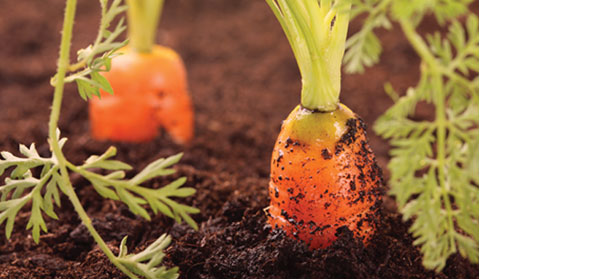

Apr 23, 2012Haygrove, VGN to tour high tunnels in Britain
Haygrove Tunnels and Vegetable Growers News will be playing hosts to the Great American Haygrove High Tunnel Tour in Britain Sept. 2-7. The tour will showcase some of Britain’s finest high-tunnel operations, ranging from raspberries and strawberries to asparagus to sweet cherries.
This isn’t the first time Haygrove has hosted a tour of high tunnels in Britain. The most recent tour was held in October 2011 and featured several of the same crops under high tunnels. Following is an excerpt from the VGN blog covering the tour – which features examples of some of the crops tour attendees will be seeing in September.
The first official day of the tour took the group to Ledbury, the location of Haygrove’s headquarters. Crops grown on the site include strawberries, cherries, raspberries and blackberries. All of Haygrove’s production is under high tunnels. In addition, the company conducts numerous research trials to try out various growing systems under the tunnels and to examine new practices.
Tim Sobey and Paul Sneyd, who led the group around the various plots, discussed the different systems being used at each one. The first plot visited was an Amnesty strawberry planting featuring 6 hectares of a first-season planting on a tabletop system. The system was grown on a coconut-fiber substrate system. This block, the guides said, was all about using automation for the venting and the sidewalls.
“The standard problem is that farmers can never get to venting their tunnels on time,” Sobey said.
So, Haygrove is looking at various types of automation to provide an efficient, cost-effective solution to make it easier for growers to vent their systems.
The next production system we visited for strawberries consisted of lower beds, with a double row.
“I think this system is really interesting,” Sobey told the group. “This system is set up with a roller bar down the middle on which workers place their trays, allowing them to have both hands free for picking.”
In addition, these tables are set up on a system that allows them to be lowered to the ground in the colder months, where they are then covered with ‘fleece’ – called mulch in the United States. Sobey estimated that this double bed system has 33 percent more production than the tabletop system.
We then visited the cherry plantings, where Sobey showed off the farm’s soil – “you won’t find a single stone in it.”
The clay-type soil runs 2 to 3 inches deep and has led to some issues with phytophthora.
The raspberry bushes on the site towered over attendees as they walked through the tunnels. But, even more impressive than that? The size of the berries. The variety? Maravilla.
Haygrove is able to pick raspberries 365 days per year, Sobey said. These plants will be put in cold storage and pulled out throughout the off months between floricane and primocane crops next year.
“This has been very successful,” Sobey said, “largely due to the characteristics of this variety.”
Day two of the tour found the group at Cobrey Farms, the UK’s largest asparagus operation. Grower John Chinn estimates that his farm grows 27 percent of the UK’s asparagus crop, with 1,000 acres in the ground. He planted his first asparagus in 2003. The farm also grows blueberries, rhubarb, potatoes and some grains.
“In terms of profit,” Chinn said, “asparagus is certainly our key crop.”
With the use of high and low tunnels, Cobrey Farms is hoping to be able to provide the UK with asparagus from mid-February to November.
“By putting the Haygrove Tunnel over the asparagus, basically we’re trying to recreate Peru,” Chinn said.
“The hope is to be harvesting in the third week of February and hope to be still harvesting in November,” he said. “Whether those are the same tunnels or different tunnels, you’ll have to come back and ask me.”
The Cobrey Farms team is measuring Brix every week by taking 20 samples per designated plot. They are tracking Brix to see if they’re able to get a continual crop of asparagus off of one field.
“The agronomist thinks our sugar levels will be too low,” Chinn said.
He went on to say that he’s still in the learning phases of growing asparagus in tunnels, such as finding just the right ventilation system for his asparagus, experimenting with low tunnels within high tunnels, figuring out proper irrigation management and measuring carbohydrate levels to see the effects of the tunnels on the asparagus. In addition, Chinn – and other UK growers – are facing similar issues to growers in the United States: tightening regulations on areas such as crop protection and water use. Plus, since no one’s really grown asparagus in tunnels before Chinn, there’s not a lot of understanding among regulators and others about what Chinn is doing.
For instance, weeding is done by hand because “there are no chemicals we can use inside poly tunnels because nobody’s grown asparagus in poly tunnels.”
They also manage pests, such as asparagus beetle, by hand – going through the tunnels and pinching them off.
“There’s an awful lot to learn,” he said.
For more information and an itinerary of the upcoming tour, click here.
By Kimberly Warren, Director of Media Services














